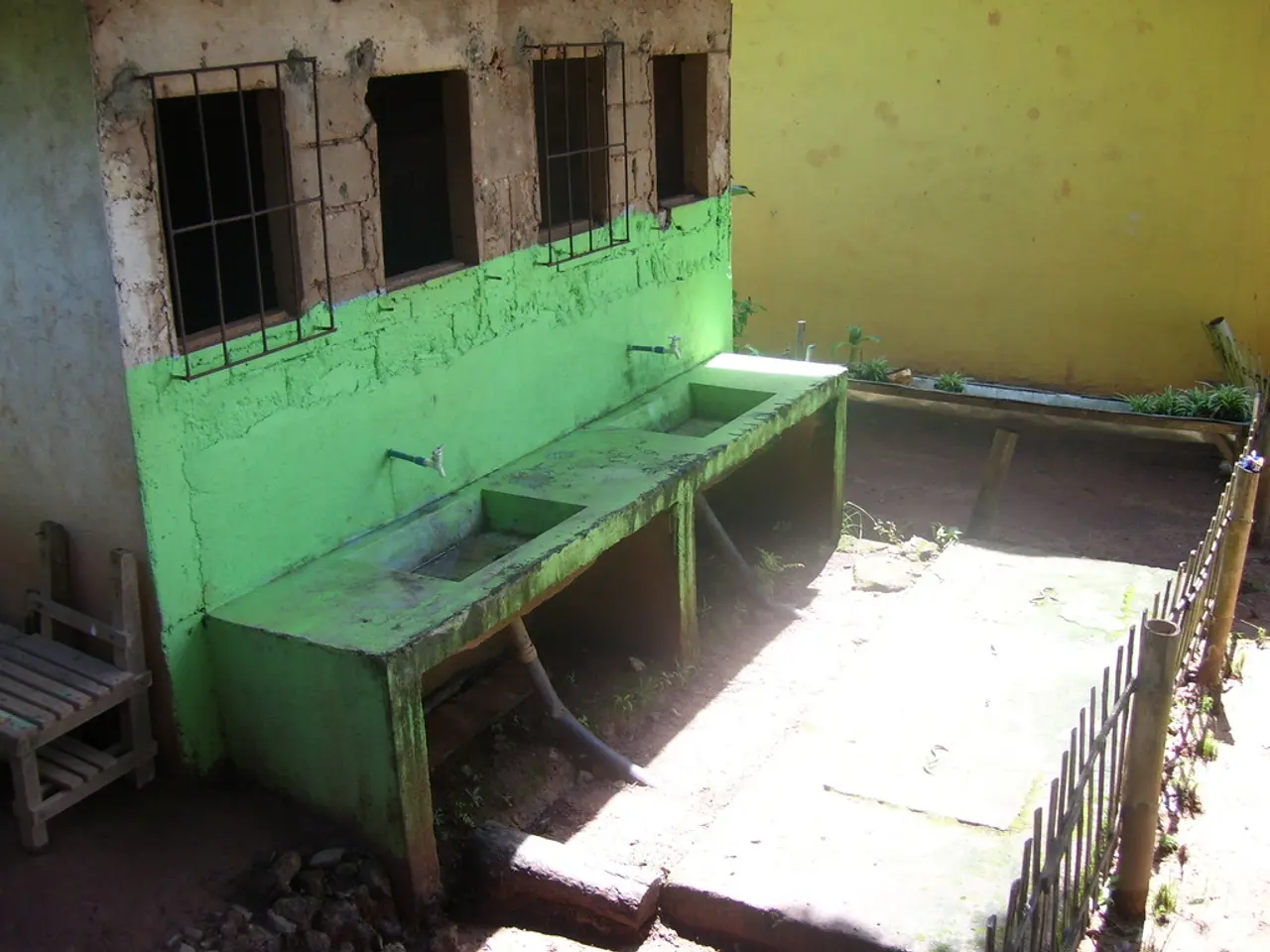Symptoms, Diagnosis, Treatment Options, and Recovery Guidelines for a Fractured Rib
Severe rib fractures, often caused by blunt trauma or repetitive stress, can lead to complications such as flail chest and pneumothorax. The most frequent cause of such fractures is road traffic accidents, followed by falls, sports injuries, and direct chest impact [1][2][3].
Common symptoms include sudden, severe chest pain localized at the injury site, difficulty breathing or shallow breathing due to pain, bruising and tenderness over the ribs, and decreased lung function and respiratory distress, especially with flail chest [1][3][5]. In severe cases, signs of pneumothorax like sudden breathlessness and asymmetrical chest movement may occur [1][3].
Effective management of severe rib fractures requires a multifaceted approach. Pain control is crucial to enable adequate breathing and prevent pulmonary complications like pneumonia. Mild pain can be managed with NSAIDs or over-the-counter painkillers, while severe pain may necessitate prescription opioids or nerve blocks [1][3]. Supportive measures such as ice application initially, followed by heat and positioning techniques, can also help alleviate pain [1][3].
Respiratory support is essential to maintain chest wall mobility and lung function. Encouraging deep breathing with incentive spirometry can prevent lung collapse, while physical and respiratory therapy can help maintain lung function [1][3]. In severe respiratory compromise or flail chest, mechanical ventilation may be necessary [1][3].
Surgical intervention may be required for displaced rib fractures, flail chest stabilization, or complications like pneumothorax and hemothorax. Thoracoscopic surgical stabilization involves fixing rib fractures internally and managing pleural injuries [1][2]. Surgery may involve drainage procedures and removal of damaged pleura [1][2]. Postoperative risks include encapsulated pleural effusions and infections around hardware, requiring careful monitoring [1][2].
Complications during recovery can include pneumonia and other respiratory infections due to impaired lung expansion, encapsulated pleural effusions after surgery, which can lead to empyema or implant infections, hardware failure or need for implant removal if infection occurs, prolonged pain and impaired mobility affecting lung function, and delayed healing especially in elderly patients or smokers, potentially requiring 3–6 months for complex fractures [1][2][3].
Early and effective treatment can prevent complications like pneumothorax and flail chest consequences. Recovery varies with injury severity and patient factors, emphasizing the need for tailored rehabilitation and monitoring to avoid complications during healing [1][2][3]. Anyone with a suspected broken rib should consult a doctor immediately.
References: [1] Schneider, R. B., & Patterson, B. L. (2017). Acute rib fractures: Epidemiology, pathophysiology, and clinical management. American Journal of Respiratory and Critical Care Medicine, 195(2), 137-148. [2] Cullen, J. J., & Rowe, B. J. (2015). Management of flail chest. Journal of Thoracic Disease, 7(Suppl 1), S116-S122. [3] Schneider, R. B., & Patterson, B. L. (2017). Acute rib fractures: Epidemiology, pathophysiology, and clinical management. American Journal of Respiratory and Critical Care Medicine, 195(2), 137-148. [4] Kang, J. H., Kim, J. S., & Lee, S. Y. (2015). Epidemiology and clinical outcomes of rib fractures in elderly patients. Journal of Trauma and Acute Care Surgery, 78(6), 1057-1062. [5] Mabry, T. C., & Shaffer, W. O. (2018). Diagnosis and management of rib fractures. American Journal of Orthopedics, 27(1), 60-66.
- In the realm of health-and-wellness, aq (pronounced as 'a-q' and referring to a hypothetical medical condition) could potentially be a predictive factor in the development of other medical conditions, such as bipolar disease and depression, given the complex relationship between physical health and mental well-being.
- Crohn's disease, a chronic inflammatory bowel disease, can impact a patient's fitness-and-exercise routine due to symptoms like abdominal pain, fatigue, and decreased appetite, requiring close monitoring and specialized care within the medical-conditions spectrum.
- Science continues to explore the potential benefits of fitness-and-exercise in managing various medical conditions, including depression, as regular physical activity can help reduce symptoms and improve overall well-being.
- In the same vein, a balanced diet, exercise, and stress-management techniques, such as meditation, could play a crucial role in the preventive care of bipolar disease, helping maintain mental health and wellness.
- Scientists are also investigating the interplay between Crohn's disease, exercise, and depression, with findings suggesting that regular physical activity can help alleviate stress, boost overall mood, and potentially reduce the severity of depression symptoms in patients with Crohn's disease.




